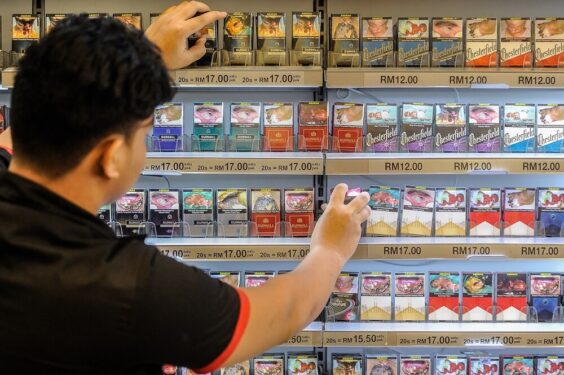THE COVID-19 pandemic pushed Malaysia’s Consumer Price Index (CPI) to drop 1.2% by the end of 2020, a fall that was never observed for decades, said MIDF Research.
The research house said the last time Malaysia had a deflation in CPI was in 1965 with a tepid fall of -0.1% year-on-year (yoy).
“The 2020’s deflation was a result of COVID-19, which suppressed demand combined with sluggish global oil prices.
“Food and non-alcoholic beverages managed to grow by 1.3% yoy (2019: 1.7%) while non-food prices decreased by 2.3% yoy (2019: 0.2%),” it said in a note Friday.
MIDF Research said the continued declined in the Producer Price Index (PPI), a leading indicator for CPI inflation, is suggesting that inflationary pressure from producer’s cost on consumer prices will remain subdued at least until the early part of 2021.
The PPI decreased 3% yoy in November 2020, marking the ninth straight month of deflation.
“We revised CPI inflation forecast downward to 1.8% in 2021.
“With the latest announcement on electricity rebates and new vehicle sales tax exemption that will be continued for the first half of 2021, the increase in CPI could be moderated than our initial estimate of 2.2% yoy,” it said.
Meanwhile, with almost the entire country being placed under the movement control order (MCO) due to a spike in COVID-19 cases, it reduced people’s outdoor activities and eventually affect consumption.
“Nevertheless, in general, prices for most of the goods will improve compared to last year’s fall of 1.2% on the back of returning demand as the economy recovers, facilitated by low interest rate environment and vaccine distribution.
“Global crude oil prices are also expected to inch higher this year at an average of US$51 per barrel for Brent,” it noted.
A year of highs and lows
In January 2020, the CPI increased by 1.6% to 122.4 from the previous year’s 120.5, which was due to higher transport costs following rising fuel prices.

The increase in the overall index was driven by the index of transport (3.9%), miscellaneous goods and services (2.5%), housing, water, electricity, gas and other fuels (1.7%), education (1.7%) and communication (1.5%).
“The higher average price of RON 95 in January 2020, which recorded RM2.08 per litre as compared to RM1.98 in January 2019, had contributed to the increase of the transport and overall index,” said the Department of Statistics Malaysia (DOSM) chief statistician Datuk Seri Dr Mohd Uzir Mahidin.
“In addition, the average price of RON 97 increased to RM2.58 per litre as compared to RM2.28 while diesel increased to RM2.18 per litre from RM2.12 in the corresponding month of the preceding year,” he added. – Jan 22, 2021










